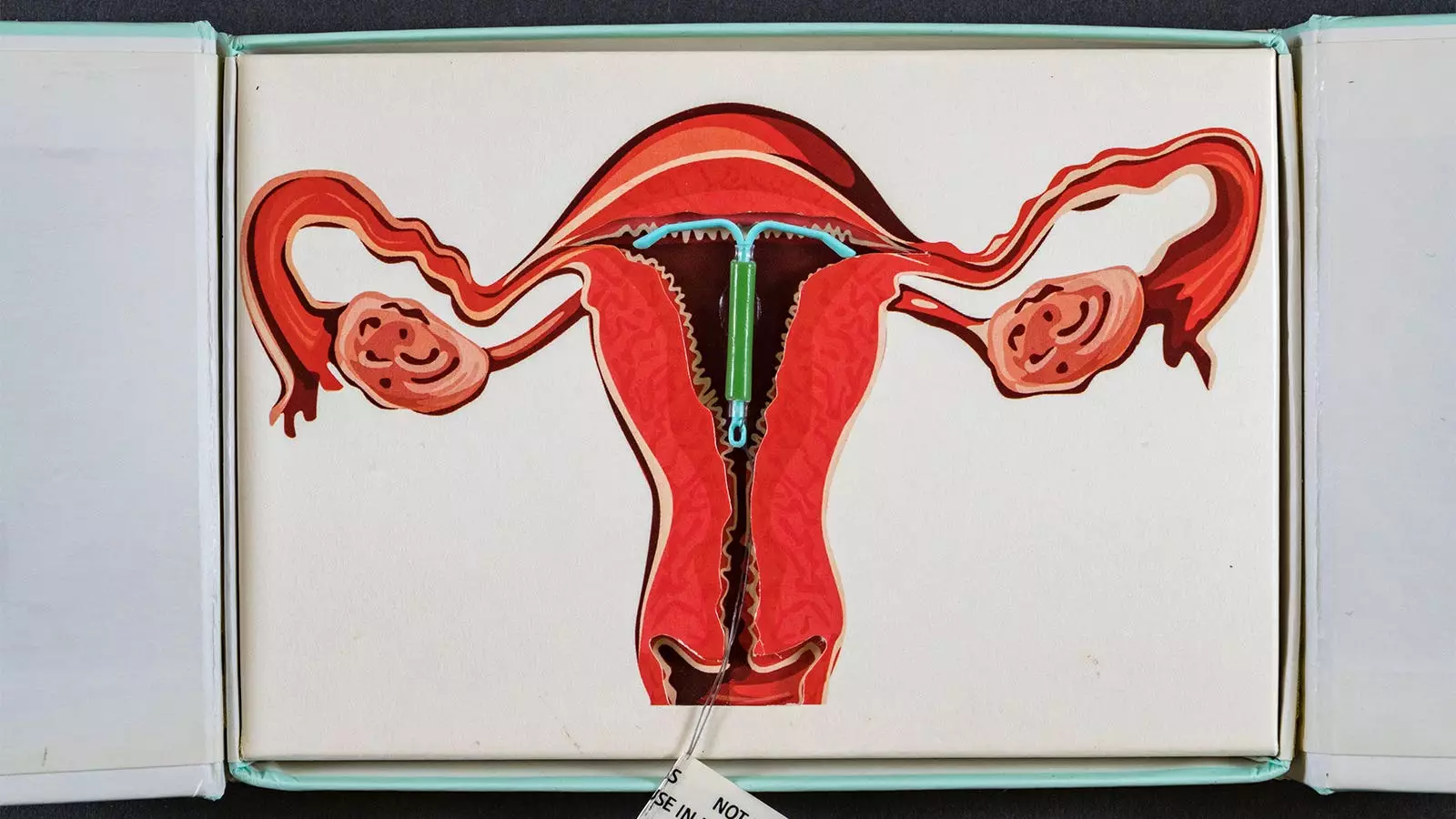Recent research has underscored the complexities surrounding hormonal contraceptive use, particularly with regard to the levonorgestrel-releasing intrauterine device (IUD). Conducted using Danish national healthcare registries, this investigation focused on women under 50 years old, aiming to explore the correlation between hormonal IUD usage and breast cancer risk. The findings raised important questions about the long-term implications of hormonal contraceptives, especially as they become more prevalent among younger women.
The study, spearheaded by Lina Steinrud Mørch, PhD, from the Danish Cancer Institute, analyzed a cohort of 78,595 new users of the levonorgestrel IUD, matched against a control group of similar size comprising non-hormonal contraceptive users. Participants were tracked over an average follow-up period of nearly 7 years, offering insightful data on breast cancer diagnoses during that interval. The population analyzed had a mean age of 38, and the research design specifically excluded individuals with prior hormonal contraceptive usage within the last five years to maintain accuracy regarding the effects of the IUD alone.
The investigation yielded noteworthy results: among the 1,617 breast cancer cases diagnosed during the study, a considerable proportion—720 cases—occurred in women using the IUD. This led to a calculated breast cancer hazard ratio of 1.4 when comparing LNG-IUS users to their non-user counterparts, indicating a substantially elevated risk for the hormone users.
An intriguing aspect of the study was its analysis of risk based on the duration of IUD use. It revealed a concerning trend: the longer the women used the IUD, the greater their risk of developing breast cancer. Specifically, the risk was observed to rise from a hazard ratio of 1.3 for users of 0-5 years, escalating to 1.8 for those who had used the device for more than a decade. While the numbers presented suggest a clear inclination toward increased risk with prolonged use, the accompanying trend analysis did not yield statistically significant outcomes, presenting a conundrum for interpretations regarding causality.
The study’s authors acknowledged various limitations, including the potential for women to discontinue the device prematurely and the challenge of controlling for unmeasured external factors that could confound the results. Additionally, concerns were highlighted regarding the statistical precision tied to the risk estimates, which adds complexity to understanding whether a true causal association exists.
These findings stir critical dialogue about hormonal contraceptives and the necessity of informed healthcare choices. As more women opt for the levonorgestrel IUD, particularly in the context of its purported benefits—such as convenience and effectiveness—there remains an urgent need to transparently communicate potential risks associated with prolonged use. The authors of the study advocate for healthcare providers to include discussions of breast cancer risk in conversations regarding the benefits of IUDs, ensuring that women are comprehensively informed when making decisions about their reproductive health.
Moreover, while the relative risks illuminated in the study are alarming, it is essential for individuals to weigh these risks against their personal medical histories and contraceptive needs. Hormonal contraceptive options have varied implications depending on a multitude of factors, and these findings should serve as a launching point for further research into understanding the full spectrum of health outcomes associated with their use.
The Danish study contributes valuable insights into the ongoing conversation around hormonal contraceptives and breast cancer risk. By underscoring the importance of informed dialogue between women and healthcare providers, it highlights the need for a balanced approach to contraceptive options. As research continues to evolve, it is crucial that women are empowered with knowledge regarding their bodies and the potential risks associated with long-term hormonal contraceptive use, enabling them to make choices that align with their health priorities and lifestyles.


Leave a Reply